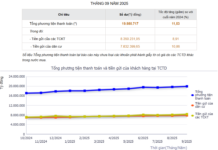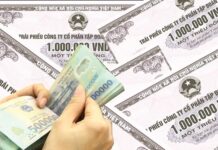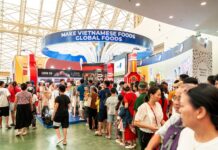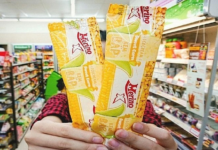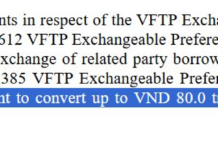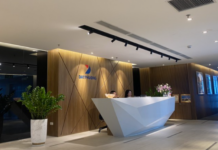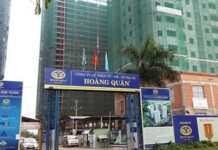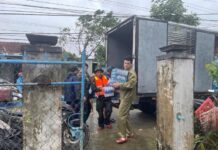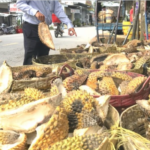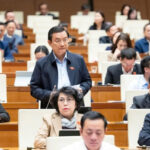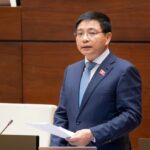From a Humble Leaf-Harvesting Trade to a Thriving Industry
The bamboo and rattan trees, long-standing companions of the people in the Northwest region, particularly in Phu Tho, have traditionally been cultivated for their shoots or as construction materials. However, in recent years, a new trend has emerged in Chan Mong commune (Phu Tho): growing bamboo for its leaves.
This unexpected income source from the green leaves has provided local farmers with a stable year-round income. Many families have transformed their low-yield gardens and hilly lands into bamboo plantations, specifically for leaf harvesting, which is both easy to maintain and highly profitable.
Unlike bamboo shoots, which are seasonal, bamboo, mai, and dien leaves can be harvested year-round, freeing farmers from seasonal dependence. Fresh leaves are currently purchased at approximately 16,000 VND per kilogram, a seemingly small amount but significant when harvested in large quantities.
After harvesting, the leaves are bundled into small bunches, neatly arranged in baskets, and transported to drying facilities. The drying process occurs at temperatures between 30–90°C for about 18 hours. Once dried to the required standard, workers sort, categorize, and package the leaves for export processing.
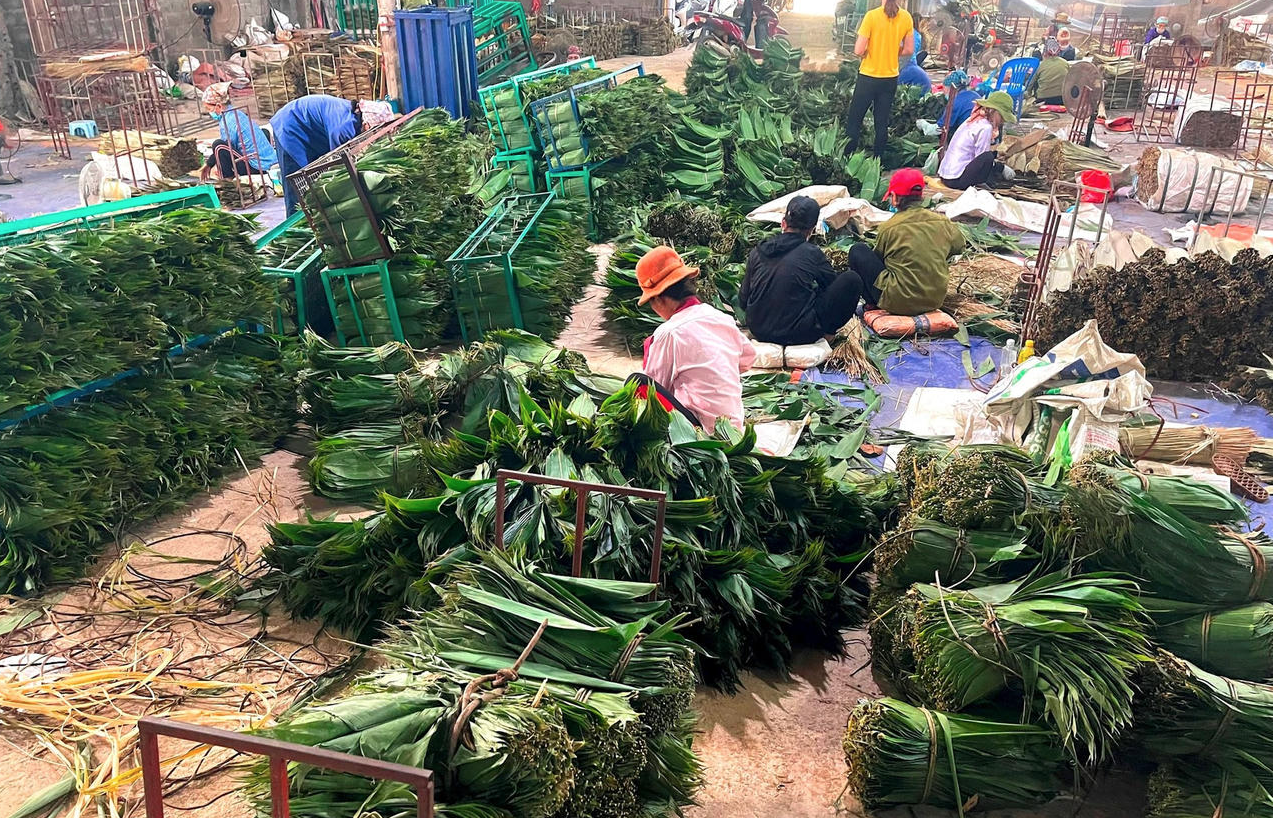
Mai leaves selected for export.
China’s Bulk Purchase of Mai Leaves
Leading the way in this field is the bamboo leaf procurement and processing facility owned by Mr. Duong Dinh Hop (Phu Tho). Mr. Hop reveals that during peak times, his facility purchases between 270 to 300 tons of leaves daily, primarily from Phu Tho’s midland districts and neighboring provinces.
The primary market is China, where there is a high demand for bamboo and dien leaves for wrapping cakes, food, and decoration. In industrial zones, millions of leaf-wrapped cakes are consumed daily; the used leaves are either burned or ground into small pieces, which not only prevents pollution but also enhances soil fertility.
Recognizing the economic value of mai, many households have boldly cleared less productive crops to cultivate bamboo varieties with broad canopies and thick leaves, ideal for processing.
Mr. Duong Dinh Hop’s facility alone exports over 3,000 tons of dried leaves to China annually, generating approximately 165 billion VND in revenue each year.
The growth of mai leaf processing and export facilities not only boosts economic benefits but also creates hundreds of jobs for rural workers.
Leaf harvesting also enhances the value of the traditional mai tree, once considered merely a source of handicraft materials or bamboo shoots. Today, every part of the tree is utilized: shoots for consumption, stems for handicrafts, and leaves for export.
Inspired by the leaf-harvesting model in Chan Mong commune, other midland areas in Phu Tho are adopting and expanding this practice.
Cultivating mai trees not only aids in forest conservation and increases hill land coverage but also paves the way for sustainable and environmentally friendly economic development.
From Discarded Shells to Open-Air Goldmines: How Environmental Hazards Transformed into Treasure
Every year, Vietnam harvests approximately 1.5 million tons of durian, yet only 30–35% is edible; the majority of the rind and seeds are discarded, creating significant environmental strain.
“PAN Group Joins Forces with Two Japanese Giants to Trial ‘Immunity-Boosting’ Products for Crops in Vietnam”
The PAN Group and AGRI SMILE, in collaboration with the Mitsubishi Research Institute, are set to embark on an exciting journey as they pilot a joint project utilizing a biostimulant produced by AGRI SMILE. This innovative initiative will be implemented in the PAN Group’s raw material area, with a specific focus on assessing the nutrient absorption and heat tolerance of crops, particularly rice plants.
“Nafoods Secures $20 Million in Funding from Dutch Bank”
Speaking at the signing ceremony, representatives from FMO praised the strong ESG standards of Nafoods Group Joint Stock Company (HOSE: NAF) and affirmed that the $20 million financing is just the beginning of a long-term partnership to develop a sustainable and green agriculture value chain in Vietnam.





